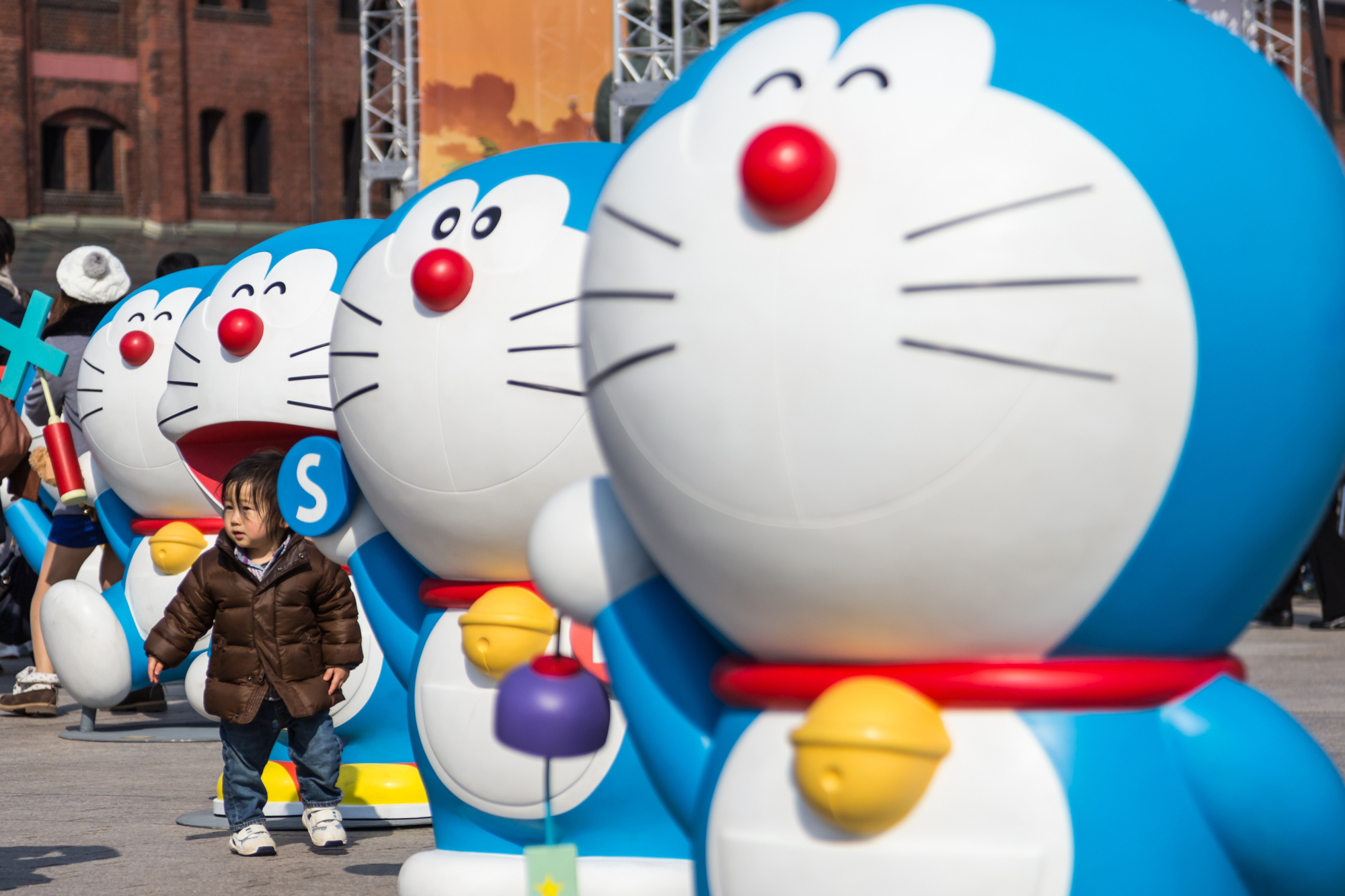Doraemon spans generations as a cultural totem, a beloved character that is as much a part of Japanese childhood as birthday parties and bug hunting in summer. The blue robot cat from the future is always around, and has been since he was created 50 years ago by Fujiko Fujio, the pen name of manga duo Hiroshi Fujimoto (1933-96) and Motoo Abiko.
Although "Doraemon" is now something of a brand, it's possible to relate the character to the historical traditions of the country, particularly yōkai (spirits/demons) of Japanese folklore. There's also Shinto kami (spirits/gods), complex characters that are not always benevolent. They exist as humans exist: prone to mistakes, intentionally bad, occasionally virtuous. In fact, kami traditionally have two sides: ara-mitama (angry) and nigi-mitama (gentle).
"There are certain yōkai that stem from popular Buddhist tales and mukashibanashi (tales from long ago)," says Alisa Freedman, an assistant professor of Japanese literature and film at the University of Oregon. "You do see a lot of anthropomorphism in religious tales in Japan."



